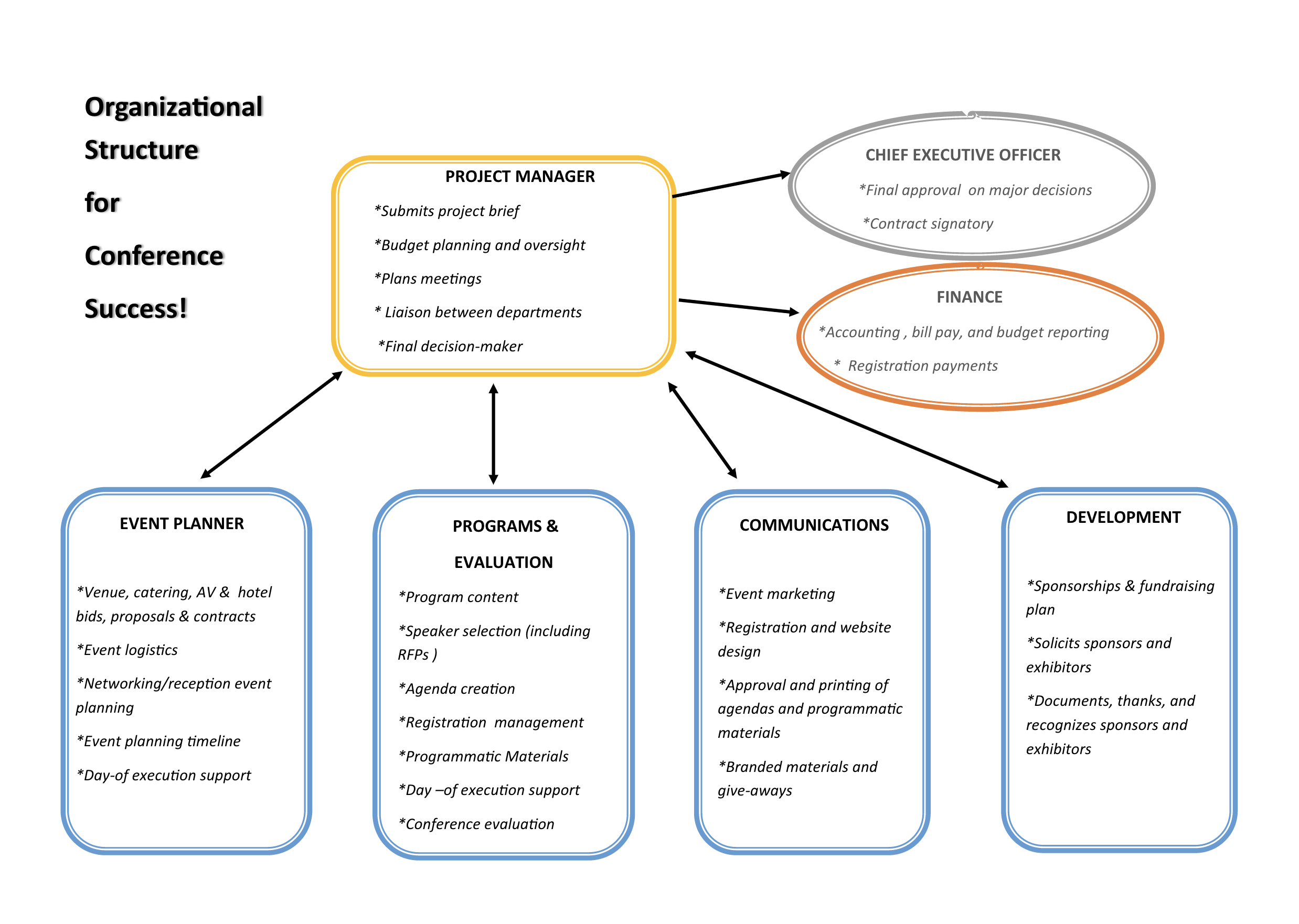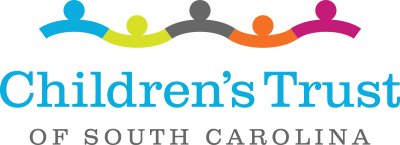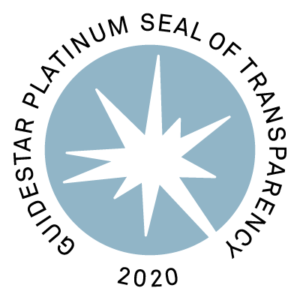Before the COVID-19 pandemic, Children’s Trust of South Carolina planned up to 100 events annually, including large meetings, trainings and conferences, to support child abuse and prevention in South Carolina. In response to the pandemic, we transitioned to all virtual events for two years, and are now shifting back to in-person events. As Children’s Trust’s event planner, I want to share some strategies to plan and execute successful events, whether you’re a team of 40 like us or a team of two.

Alison Askins, Children’s Trust event planner
Solid collaboration is foundational to event planning because it creates space for new ideas, is inclusive and shares the workload. It allows for individuals’ skills to be used and applied to relevant roles. As an intermediary organization that uses grant funding to provide professional development and training to organizations across the state, we host events that require collaboration internally and often externally to meet the needs of our grantees.
With this in mind, one key starting point is defining your internal planning committee. Depending on the size of the event, an internal committee can consist of the following roles: project manager, program and content lead, logistics lead, marketing and communications lead, sponsorship lead and finance lead. If you have an event planner, their role is leading logistics, such as venue, AV, menu, hotel rooms and staffing.
We are currently planning the Building Hope for Children Conference, from August 24 to 25 in Greenville, to provide professional development for 500 child-serving professionals. It requires a robust planning group. Children’s Trust tasks each department with providing a lead for one of the leadership roles. Then the team’s additional staff form subcommittee members. The lead works with their subcommittee as needed and then reports out to the other leads during planning group meetings.
For a smaller conference, the internal committee is usually smaller and roles are combined. For example, Children’s Trust is currently planning regional meetings of 30 to 40 people each in July for the Home Visiting Sites Assembly. These events provide professional development specifically for mother, infant and early childhood home visitors working in different regions of the state. Since the audience is pre-defined and limited to grant-funded home visitors, external marketing and sponsorship are not needed. The internal committee consists of the program lead, logistics lead and finance lead. In this case, the program lead handles communication with the defined audience directly.
Involving external partners and groups can add a layer of complexity to event planning. It’s important to define what you want input on and then bring it to the external committee members. For example, Children’s Trust has a speaker selection committee for the Building Hope for Children Conference that consists of partners and funders who help select the 24 workshop speakers for the event. The external Home Visiting Sites Assembly Planning Committee gives input on speakers as well as content areas, themes and engagement activities.
After considering whether internal, external or both groups will be used, there are three initial questions we ask as we set up our planning teams.
Who is doing what? This is a role clarity question, and it helps to clarify responsibilities from the beginning. An organization chart is a helpful tool for larger groups. A smaller group can simply define roles in a list or chart.

Who is making decisions? Defining the decision-making process from the beginning will also help set the planning team up for success. Determine if the committee will vote on decisions and if there is an event lead who makes the ultimate call. Often, there is a time period when lots of ideas are fluttering about, and then there is a time when ideas need to be selected and acted upon. Having a person or group who makes the decision will lessen headaches for everyone and keep the work moving forward.
How will the group be communicating with one another? Decide how the group will communicate with each other and external partners and how will it track information. We find it helpful to have scheduled meetings quarterly or monthly in the beginning stages, and then as the event date approaches, shift to bi-weekly and weekly meetings. Another approach is to have quarterly meetings with everyone involved to report on progress, and then have the project manager meet weekly or bi-weekly with internal leaders individually. External committee meetings can be monthly or as needed; however, it helps to have dates pre-set from the beginning so they are on folks’ calendars in advance.
Regardless of event size or location, the bottom line is this: Executing well-planned events requires thoughtful collaboration with clear direction, organization and leadership.




